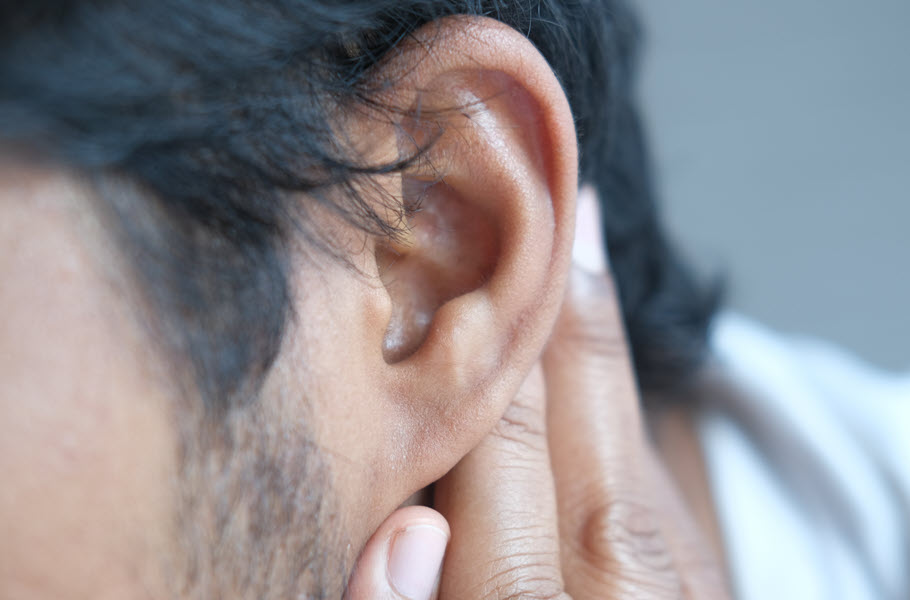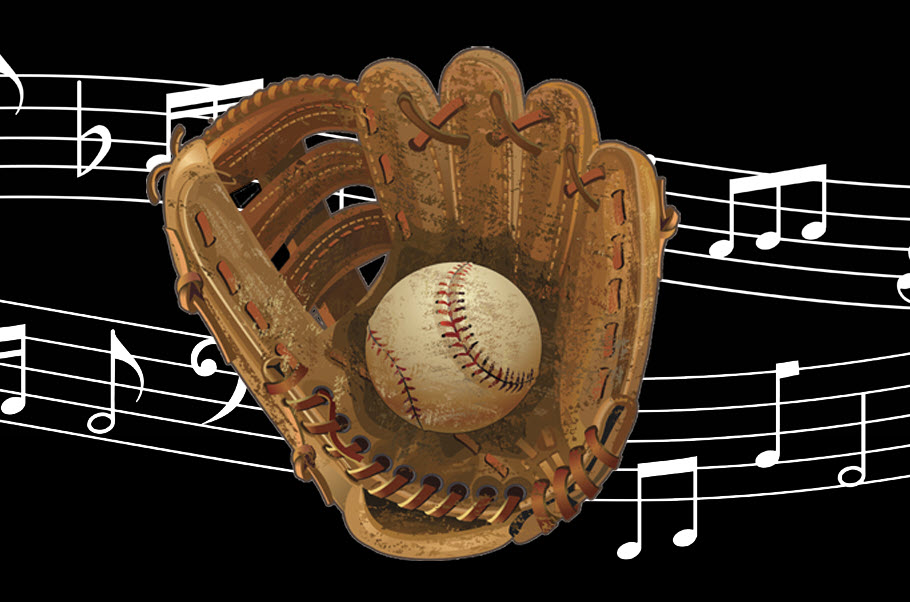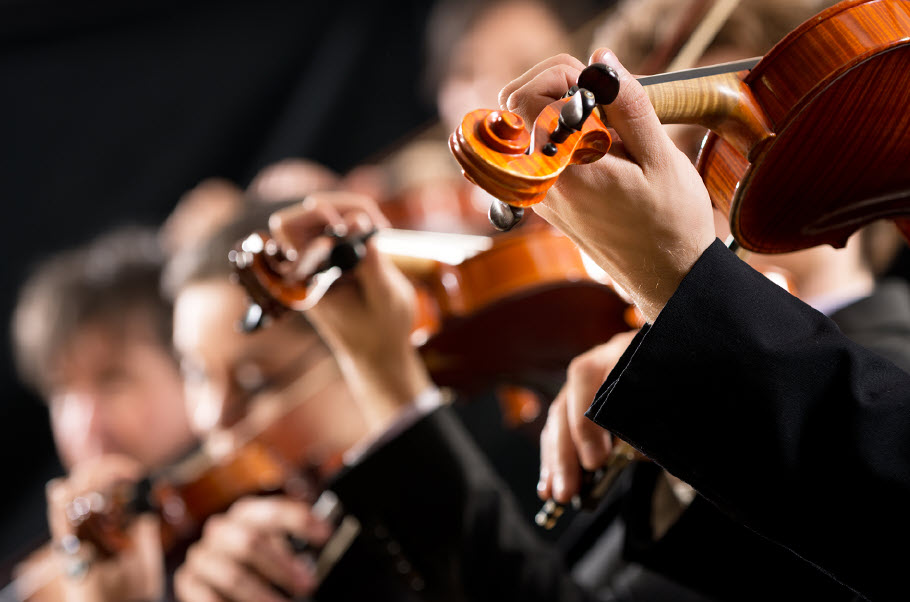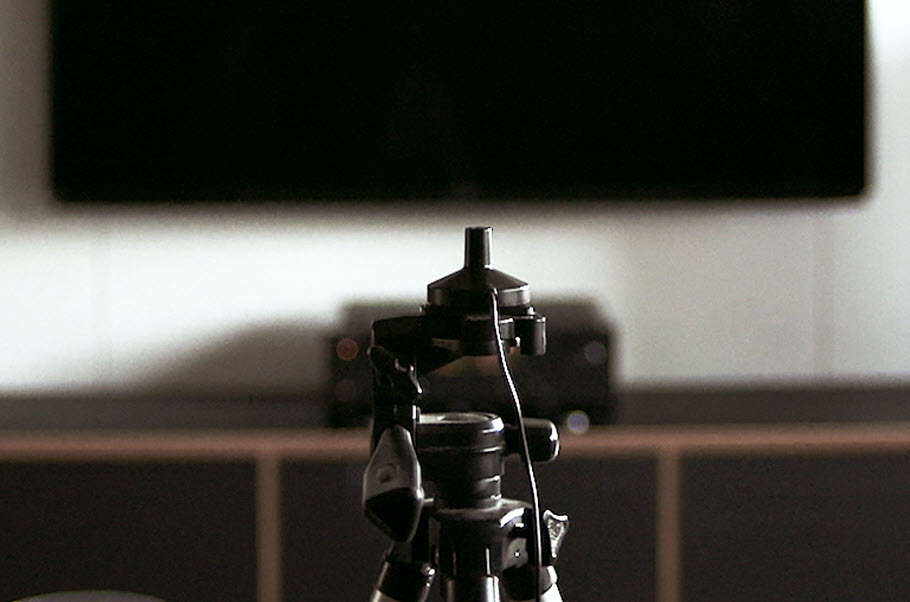Top Seven Saxophone Solos
From jazz to soul, pop and rock, these are the standout solos to listen to.
In the history of contemporary musical instruments, the saxophone is a relative newcomer, invented by Belgian musician Adolphe Sax in the 1840s. Thanks to its ability to produce brass-like volume while retaining the dynamics of a woodwind, the sax is an instrument that allows for seemingly limitless expression from the player. In the case of masters like John Coltrane, the saxophone solo became a spiritual journey wherein the instrument and player became one.
Although most closely associated with jazz, the sax has also carved out a niche in the history of soul, pop and rock music. Here are seven of the finest saxophone solos ever recorded.
1. John Coltrane – “Giant Steps”
While any number of Coltrane solos could have been chosen for this list, “Giant Steps” is widely considered the jazz legend’s magnum opus, at least in a compositional sense. Fast, frenetic, unwieldy — layman’s terms simply can’t do it justice. Considered one of the most difficult songs in jazz, “Giant Steps” is based on a cyclic chord pattern that became known as the “Coltrane changes”: rapid transitions through the three keys of B major, G major, and E♭major. Although it’s been widely covered over the years — to the point of becoming a jazz standard — the composition’s chord progression demands an extreme level of skill and endurance from the improviser. Some have even called it the “most feared song in jazz.” Listen to it here.
2. Duke Ellington – “Diminuendo and Crescendo in Blue” (1956 Newport Jazz Festival)
Duke Ellington’s performance at the 1956 Newport Jazz Festival has become the stuff of legend, in large part due to tenor saxophonist Paul Gonsalves’ lengthy and highly influential playing during the closing number, “Diminuendo and Crescendo in Blue.” Even as many big bands called it quits in the ’50s in light of bebop’s growing popularity, Ellington kept his ensemble together while simultaneously embracing the adventurousness latent to these new styles. This manifested itself in his decision to open up “Diminuendo in Blue” for an extended improvisation from Gonsalves, who reeled off a 27-chorus solo that sent an otherwise calm audience into a frenzy. Listen to it here.
3. Pink Floyd – “Money”
Pink Floyd famously gave the saxophone a spotlight moment during the instrumental break in “Money” from their best-selling The Dark Side of the Moon — an album that charted for an astonishing 972 weeks (over 18 years!). Considering the overwhelming popularity of both the song and album, the complexity of this tenor sax solo is sometimes a bit downplayed — perhaps a symptom of fatigue from having been heard so many times. Saxophonist Dick Parry was given free rein to honk, squeal, and run headlong through scales, making the most of what is undoubtedly his greatest studio session gig (though he also laid down the beautiful solo on “Us and Them” on DSOTM). It’s perhaps the jazziest example of the instrument to be found in a megahit rock song. Listen to it here.
4. David Bowie – “Young Americans”
Throughout his long career, David Bowie proved to be something of a musical chameleon, constantly morphing his image and creative direction around the trends of the time. For his 1975 album Young Americans, Bowie embraced an R&B/soul influence that resulted in a lighter and more palatable batch of songs when compared to the experimental works that would follow. The LP’s title track would become one of Bowie’s biggest hits, relying on the prominent alto sax of David Sanborn for the central riff and instrumental breaks. If there was anyone who could seamlessly incorporate a generally non-rock instrument like the alto sax into a rock context, it was the Thin White Duke. Listen to it here.
5. Bruce Springsteen – “Jungleland”
The sleeve for Bruce Springsteen’s iconic Born to Run album portrays the singer-songwriter leaning on late saxophonist Clarence Clemons — a testament to how vital Clemons and the E Street Band were to The Boss’ maximal, cinematic sound on that LP. The nine-plus-minute closing song “Jungleland,” in particular, puts Clemons’ sax front and center for a graceful and emotionally wrenching two-minute solo. That might not seem like too long in the context of such a lengthy tune, but Clemons spent 16 hours meticulously overdubbing the solo in the studio, replaying the notes over and over until Springsteen was satisfied. Listen to it here.
6. Gerry Rafferty – “Baker Street”
If you spend enough time in a big city, chances are you’ll hear the sweet, sultry saxophone riff from Gerry Rafferty’s 1978 hit “Baker Street” emanating from some sax-wielding street busker. It’s arguably the most iconic sax part in the history of rock, wistful and melancholic as it conjures images of a cinematic horizon line at dusk’s descent. The eight-bar lick was played by Raphael Ravenscroft, and although it was meant to function as the instrumental break between verses, the sax stole the spotlight as the song’s central hook. In fact, the riff was so catchy, it sparked what became known as the “Baker Street’ phenomenon,” leading to a spike in saxophone sales and an increased use of the instrument across mainstream pop, film scores and television soundtracks. Listen to it here.
7. George Michael – “Careless Whisper”
The relentlessly catchy sax riff that opens and then repeatedly punctuates George Michael’s 1984 chart-topping “Careless Whisper” did wonders for the popularity of the instrument in an era when music production was becoming increasingly digitized. Though performed by Steve Gregory, it was Michael’s keen ear that teased out the final take. A version of the song had been originally recorded with famed producer Jerry Wexler at the helm, but something about the solo just didn’t sit right with the singer; the sax performance, in particular, didn’t quite match the subtleties of the initial demo. As a result, Michael decided to self-produce the track, with Gregory being the ninth and final sax player to attempt the riff. The persistence paid off. Listen to it here.
Headphones are a great tool for revealing the artistic subtleties of these iconic saxophone solos. Explore Yamaha headphones.
Learn more about Yamaha saxophones.
















